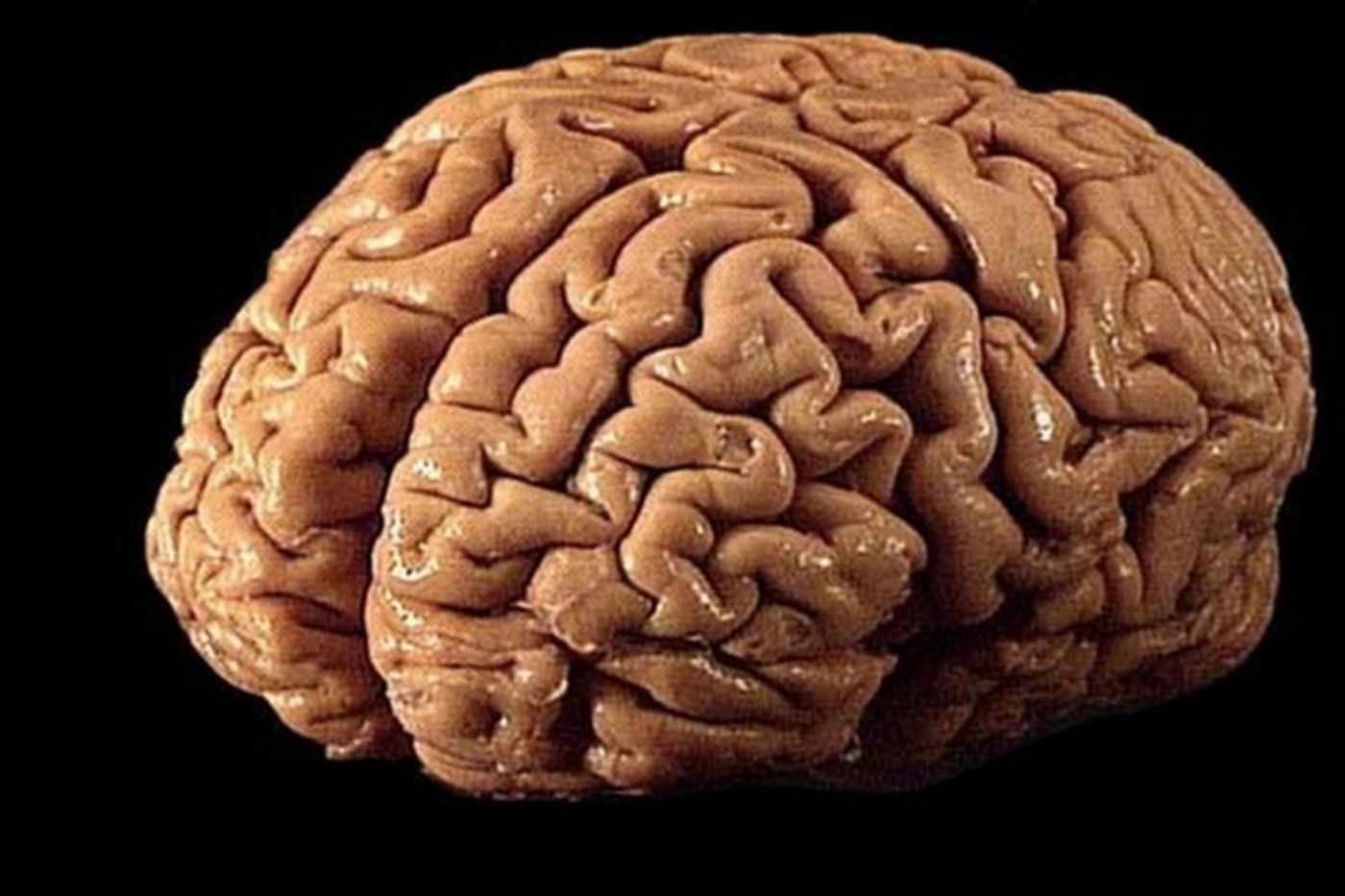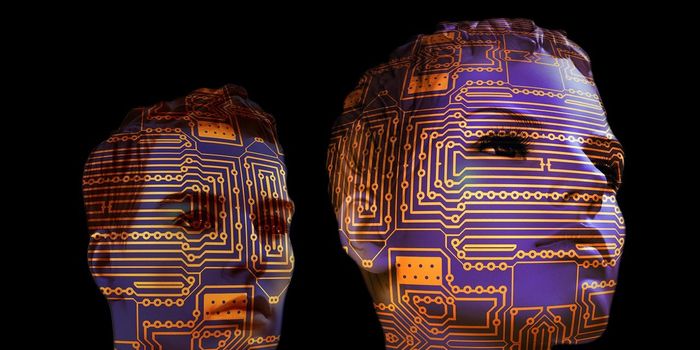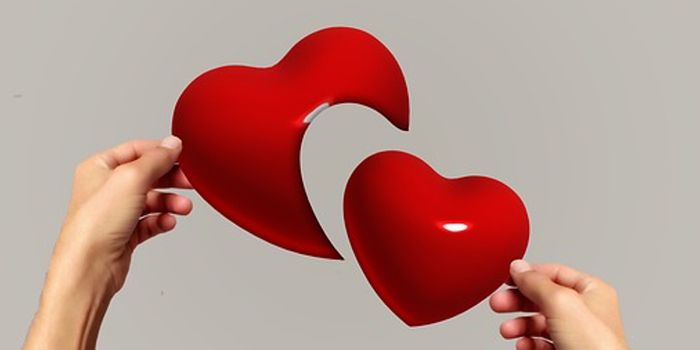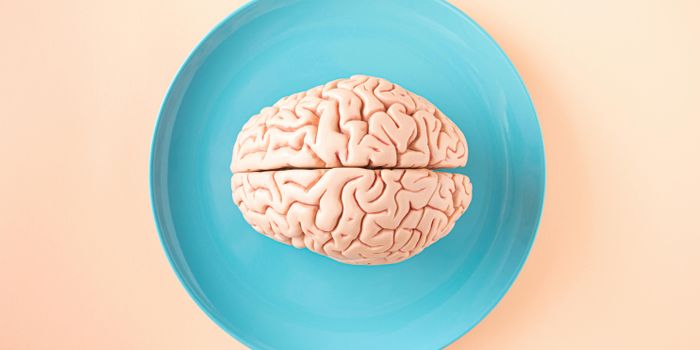The Value of Brain Banks
Organ donation is one of the best ways to save a life. Every day thousands of patients on waiting lists for hearts, kidneys and livers as well as many other organs hope that it will be their turn soon. While none of these patients wants another person to die, the truth is that each day 22 people die awaiting a life saving transplant. And the list is growing. Every ten minutes another person is added to an organ waiting list. But there is one organ that, after death, cannot be donated to a living person. That is the human brain.
It’s not possible for patients to receive a brain from someone who has died. But that doesn’t mean that donating one’s brain after death cannot save a life. In many ways, donated brains save hundreds of lives each year. In the United States there are 54 centers that contain brains or brain tissue. Neuroscientists that need tissue for research can access these centers and get very specific kinds of samples for their work. All together in these locations, hundreds of thousands of brain tissue samples are made available for research into diseases like ALS, Alzheimer’s and many brain cancers.
At Boston University’s CTE Center, scientists have made tremendous strides in understanding Chronic Traumatic Encephalopathy (CTE). This condition is a devastating neurodegenerative disease that results from repeated blows to the head, usually from professional football. The brain bank at BU has been as the center of the debate on concussion in the NFL. Studies done with on the brains of athletes that were donated show a clear link between CTE and football injuries. Nearly 96% of football players who were examined posthumously tested positive for CTE. The disease has no known cause or treatment and cant even be definitively diagnosed until after death.
While most people understand that donating kidneys, hearts and other parts can give another person a second chance at life, donating a brain gives some people pause. Donors worry about funeral arrangements, what their next of kin might think and since the brain cannot go to a living person, many believe it isn’t useful. The truth is that brain tissue is very much in demand for research purposes and while it’s a “big picture” kind of concept, it’s possible that brain donations have made more of an impact on lives than organs going to live recipients.
The US isnt the only country to have a network of brain banks. In the United Kingdom, the network of banks that contain brain tissue is vital to much of the work happening now in neuroscience research and has been the key to many of the more significant scientific discoveries. In a recent news piece on BBC, experts agreed that groundbreaking work such as Arvid Carlsson’s Nobel prize-winning research on the loss of dopamine-producing nerve cells and their role in Parkinson's disease, and James Ironside's identification in 1996 of a new strain of Creutzfeldt-Jakob disease (CJD) that was linked to mad cow disease would not have been possible without banks containing enough tissue for valid scientific studies.
While new technology is allowing researchers to see into the brain in much more detail, there simply is no substitute for actual brain tissue in researching dementia, cancer and other diseases. Check out the video below to learn more about a brain bank at University College London, in the UK. Caution: There are images of brain dissection contained in the video that might not be suitable for some.
Sources: Boston University, AtlasObscura , OrganDonor.gov, BBC









